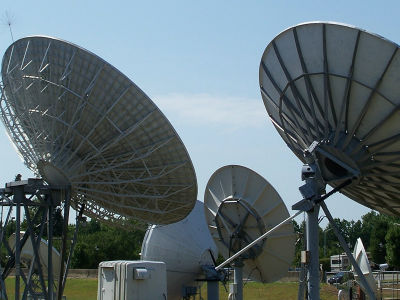A relay system "EDRS" capable of receiving a large amount of data observed by a satellite in real time will be launched

European Space Agency (ESA)In collaboration with Airbus Defense and Space, a system for transmitting and receiving large amounts of data at high speed from outer space "European Data Relay System (EDRS)We have developed and launched it into space. EDRS observes the results of satellitesInternational Space Station (ISS)The ability to transmit and receive data in near real time is possessed.
Europe Is Building a 'Space Data Highway' With Lasers | Motherboard
http://motherboard.vice.com/read/europe-is-building-a-space-data-highway-with-lasers-esa-edrs-satellite
You can understand what kind of system EDRS is in one shot by watching the following movie.
EDRS: using lasers where it counts - YouTube
Changes in the natural environment can be a major barrier to international distribution.
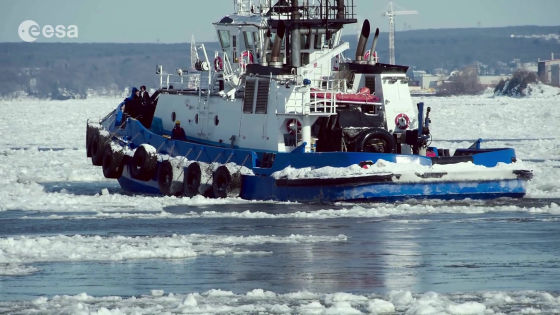
For example, the information on the scale of ice floating in the area on the sea greatly affects the safety of maritime transport.
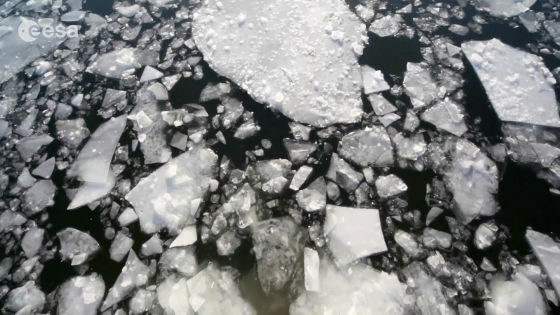
Information on such environment can be observed by satellites. However, it is impossible to instantly send a large amount of data detected to the ground.

Therefore, EDRS plays the role of a relay machine to send large amounts of data detected by artificial satellites at once, almost in real time to the ground.

EDRS, which received data from the satellite in outer space, sends the data immediately received using a powerful laser back to the ground. It will enable EDRS to receive satellite information from the ground in real time.

Technologies to grasp such a wide range of natural environments in real time are greatly effective in rescue activities of disasters.
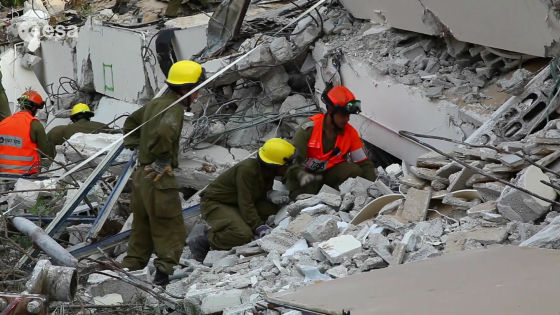
In an emergency situation that fights on time, the speed of information transmission is directly linked to the quality of rescue support activities in disasters.
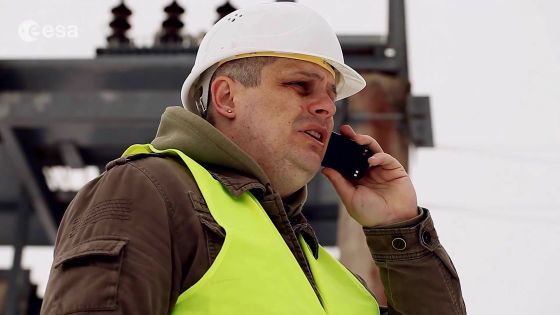
In addition, EDRS also has the ability to update the satellite program in response to instructions from the ground.
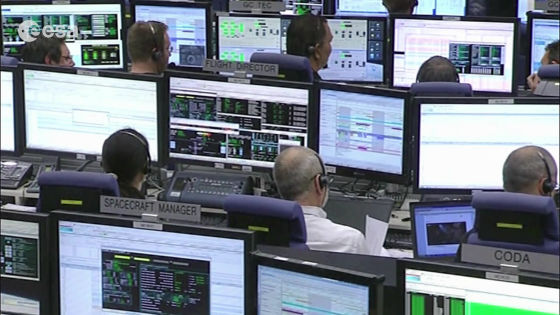
If a command to change the program of the satellite is instantly sent to the EDRS from the ground in the event of a disaster etc ......
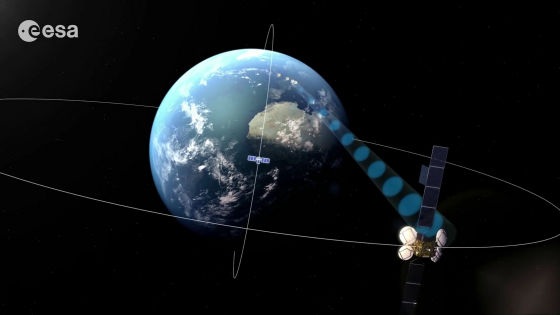
Through EDRS the command reaches the satellite.
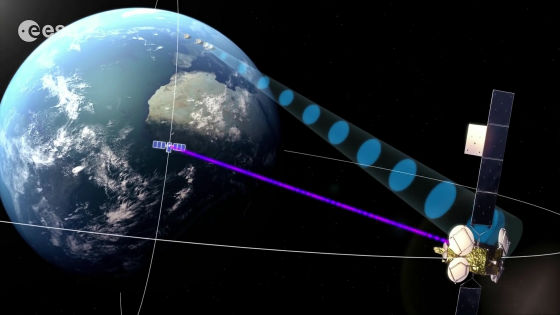
It is possible to change the movement of the satellite according to the situation.
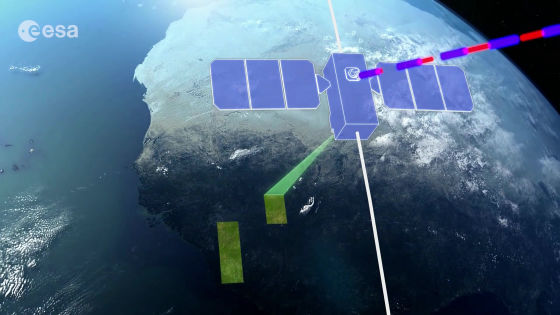
With EDRS, you will be able to obtain the satellite information at the location you need when you need it.
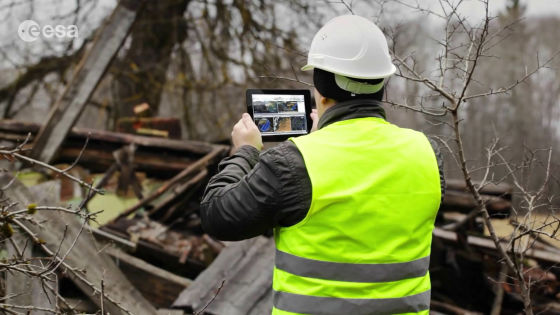
EDRS can exchange information not only with artificial satellites but also with ISS.
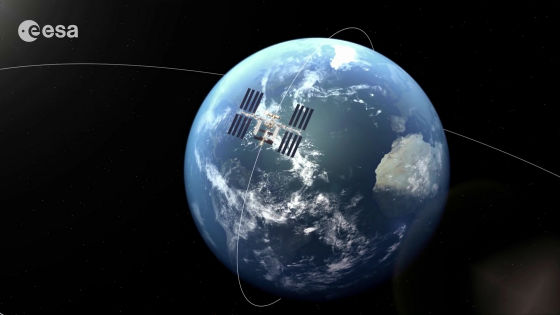
Data obtained by the astronauts experimenting with ISS ......
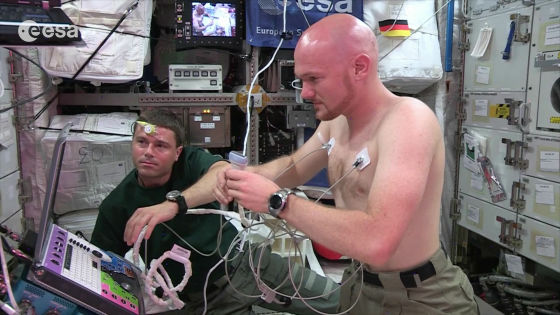
EDRS receives it and sends it to the ground with a laser.
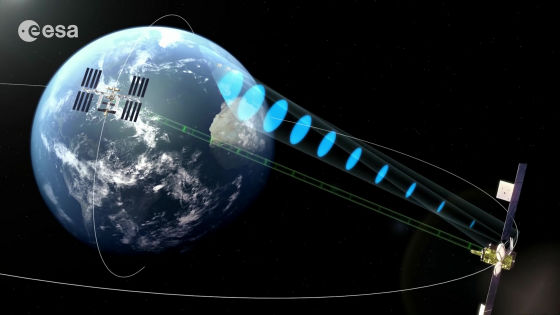
This enables us to know information occurring in outer space from the earth in near real time, analyze the result of the space experiment earlier than before, and the result will be immediately reflected on the ISS side as well , Research activities in space are expected to make great progress.
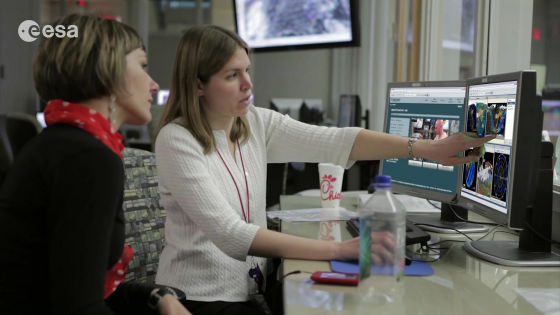
EDRS travels higher than altitude 36,000 kilometers. The maximum communication speed in outer space is 1.8 Gbps.
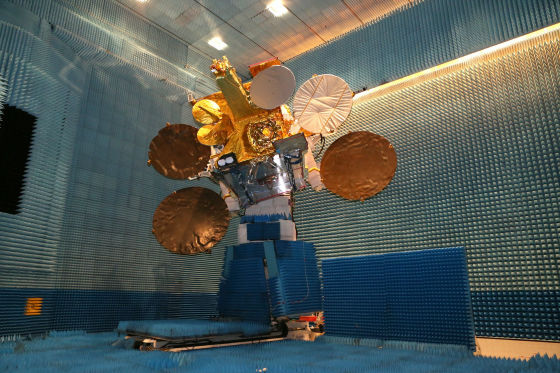
The range of EDRS is wide, and it is possible to send and receive data with artificial satellites within approximately 45,000 kilometers.
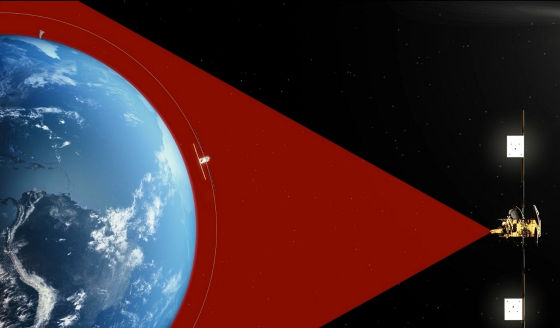
A rocket carrying "EDRS-A" that can send and receive satellite and ISS data in near real time was launched from Kazakhstan on 29th January 2016. You can check the state of launching EDRS in the following movie.
EDRS-A liftoff - YouTube
EDRS-A successfully launched performs environmental observation of the earthCopernicus SentinelIt is said that it is used for sending and receiving data in cooperation with. In addition, we plan to launch EDRS-C in 2017 and EDRS on the third aircraft by 2020, and the data relay function of ISS will be put into practical use from 2018 onwards.
Related Posts:


